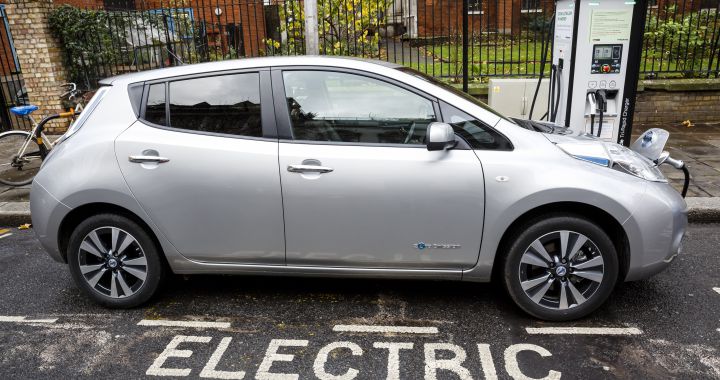Electric cars are on everyone’s lips: in advertisements on radio, television and on the Internet. In the government’s plans to encourage their purchase by citizens. And, also, in the discourse of those who advocate them to tackle one of the main problems of today’s societies: the strong environmental pollution. Poor air quality is estimated to cause 9 million deaths each year worldwide.
Therefore, the commitment to the energy transition also seems to go through the gradual abandonment of thermal vehicles in favor of electric vehicles. The recent ban on the manufacture of diesel, petrol and hybrid cars from 2035 goes in this direction. But, often, the promoters of the electric car are unaware that their mass production it also has an impact on the planet. We don’t talk about it much, but electric cars also pollute.
It’s true: these types of vehicles do not emit carbon dioxide (the famous CO2) when driving. Neither carbon monoxide (CO), nor nitrogen oxides (NOx) nor suspended particles (PM). In fact, they don’t even have an exhaust pipe, since they don’t need one. However, this does not mean that the manufacture of an electric vehicle does not lead to a carbon footprint very significant. But how and how much do these cars pollute?
The answers to this question have been many and varied over the past few years. According to data from Green NCAP, a laboratory that analyzes the polluting potential of cars, the production of 1 kWh involves 154 grams of CO2. This means that an electric car with a battery between 50 and 60 kWh will generate around 7 million tonnes of CO2 pollution throughout its useful life.
However, one of the most striking studies in this regard came from the automotive industry itself. In concrete terms, the Swedish brand Volvo, which published a study at the end of 2021 in which it recognized that the manufacture of its electric cars generated even more CO2 than that of thermal vehicles. Specifically, the brand has certified that the manufacture of a Volvo XC40 (combustion) emits 14 tons of CO2, compared to the 25 tons which, according to its calculations, are generated by the manufacture of its electric model C40 Recharge. Of course: Volvo wanted to make it clear at all times that these higher emissions are more than compensated for throughout the useful life of the vehicle, during which emissions are conspicuous by their absence.
Battery recycling, a challenge
When this useful life ends, the next of the problems appears. And it’s not really minor: the Waste Management, batteries in particular, this is a first-level challenge given that these are very polluting materials. Considering this, the most appropriate thing would be to recycle all components that can be reused for other products. Steel, nickel or lithium can be recovered to give life to other batteries.
In this sense, there are more and more technological advances aimed at correcting this inconvenience. According to work carried out in 2021 by researchers at Cornell University in the United States, batteries could be used as a reserve of renewable energy. This is in fact the basis of projects such as the one that Nissan and Endesa have in Melilla, called Second Life, in which used batteries are used as stationary storage improve the stability of the network and guarantee its continuity. A still anecdotal solution compared to the millions of batteries that the automotive industry is already beginning to get rid of, and which should multiply in the years to come.
To all this must be added the nature of the energies used to enable the manufacturing processes of a vehicle as well as the origin and the conditions under which the necessary raw materials were extracted. If the first comes from from renewable sources, the environmental impact will always be less. If the latter are mined under conditions of dubious respect for human and labor rights, which is very common in the case of minerals such as coltan or lithium, sustainability suffers.
Last but not least, the private vehicle abuse it has consequences that go beyond what they emit from the tailpipe. Every year, 11,000 accidents occur in Spain, 10,000 of them in the city. A car (electric or not) spends 95% of its useful life stationary, generally occupying valuable space on public roads. And drivers in cities like Barcelona and Madrid lose 59 and 41 hours respectively a year in traffic jams, according to navigation device brand TomTom.
Perhaps the mobility of the future, at least in urban areas, must go through a model change which favors public transport, truly clean means of transport such as bicycles or the commitment to cities 15 minutes away, in which the need to travel is reduced in favor of a closer, cleaner and better life for all .

